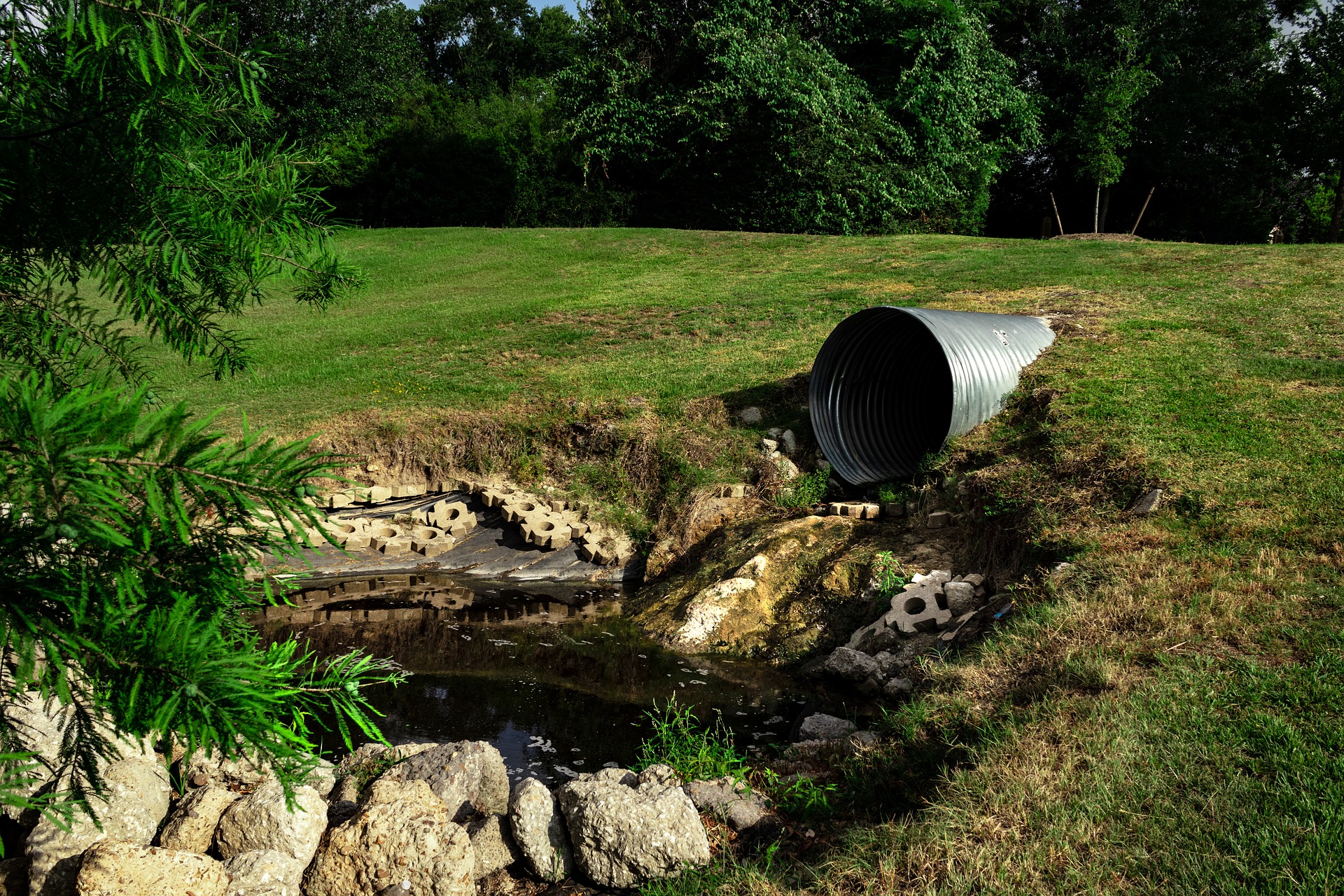Indian Institute of Technology-Gandhinagar (IIT-Gn) has found non-infectious genes of the coronavirus in wastewater samples collected from untreated sewage in an outlet in Ahmedabad.
This may well be the first evidence from India of the presence of the Sars-Cov-2 virus in sewage.
The latest research has stressed the need to introduce wastewater-based surveillance across the country to detect, monitor and control the spread of Covid-19 as well as identify potential hotspots before clinical diagnosis.
Countries like United States, France, Australia and Netherlands have already found evidence of Sars-Cov-2 virus in wastewater.
Research papers related to these evidence have already been published in various scientific literature.
In April, IIT-Gn joined a global consortium of 51 premier universities and research institutes to undertake surveillance of sewage water to help determine and quantify excretion of the Sars-Cov-2 virus, in an effort to build an early warning system for Covid-19.
Levels of SARS-CoV-2 RNA in Sewage Rose with COVID-19 Cases in Dutch Cities
Scientists have detected RNA from the new coronavirus, SARS-CoV-2, in the feces of people with COVID-19. So it stands to reason that the viral RNA could end up in city sewage, where it could be used to monitor prevalence of the disease. Now, researchers reporting in ACS’ Environmental Science & Technology Letters have detected rising SARS-CoV-2 RNA levels in sewage from several cities in the Netherlands at early stages of the pandemic.
Although infectious SARS-CoV-2 has been detected in stool samples, the virus spreads primarily through respiratory droplets when an infected person coughs, sneezes, laughs, speaks or breathes, according to recent studies. However, if the new coronavirus is present at high levels in sewage at treatment plants, it could pose risks to workers at the facilities. Gertjan Medema and colleagues wanted to see if they could detect SARS-CoV-2 in the domestic wastewater of cities in the early stages of the COVID-19 pandemic in the Netherlands. They also wanted to determine if levels of the virus’s RNA correlated with the COVID-19 prevalence in each city. If so, sewage surveillance could be a helpful tool to monitor the circulation of SARS-CoV-2 in communities, especially since clinical testing likely underestimates the actual number of people infected with the virus.
Importance of Wastewater Sampling to Detect Virus
As we emerge from lockdown, it’s important that we have a better early warning system to alert us to the next likely outbreak area. This is where wastewater sampling comes into play. It can tell us with quite a high degree of sensitivity where in the country the disease is still active (it can tell you if one person in 10,000 has the disease). Importantly, it can tell us a week in advance that an outbreak is likely to occur in a particular community.
Testing wastewater for diseases is not new. Indeed, it has been used to find outbreaks of polio for decades.
Covid virus appears in faeces within three days of infection, which is much sooner than the time taken for people to develop symptoms severe enough for them to be hospitalised. It can take up to two weeks from the time someone is infected to the time they receive a diagnosis.
The time from sample collection to getting the results is around 48 hours so we can get an idea if the number of infections is increasing in the community.
Recent Posts
- ‘No Pay, No Work’: Resident Doctors Of Kasturba Hospital Threatens Mass Resignation, Sets Deadline Of June 16
- Patients Recovering From COVID-19 Could Suffer Significant Long-Term Effects
- WHO Clarifies Comments On Asymptomatic Spread Of COVID-19: ‘There’s Much Unknown’
- Gilead’s Remdesivir Prevents Lung Damage In COVID-19 Study On Monkeys
- Covid-19: Delhi Adds 10,000 Cases In Just Eight Days











